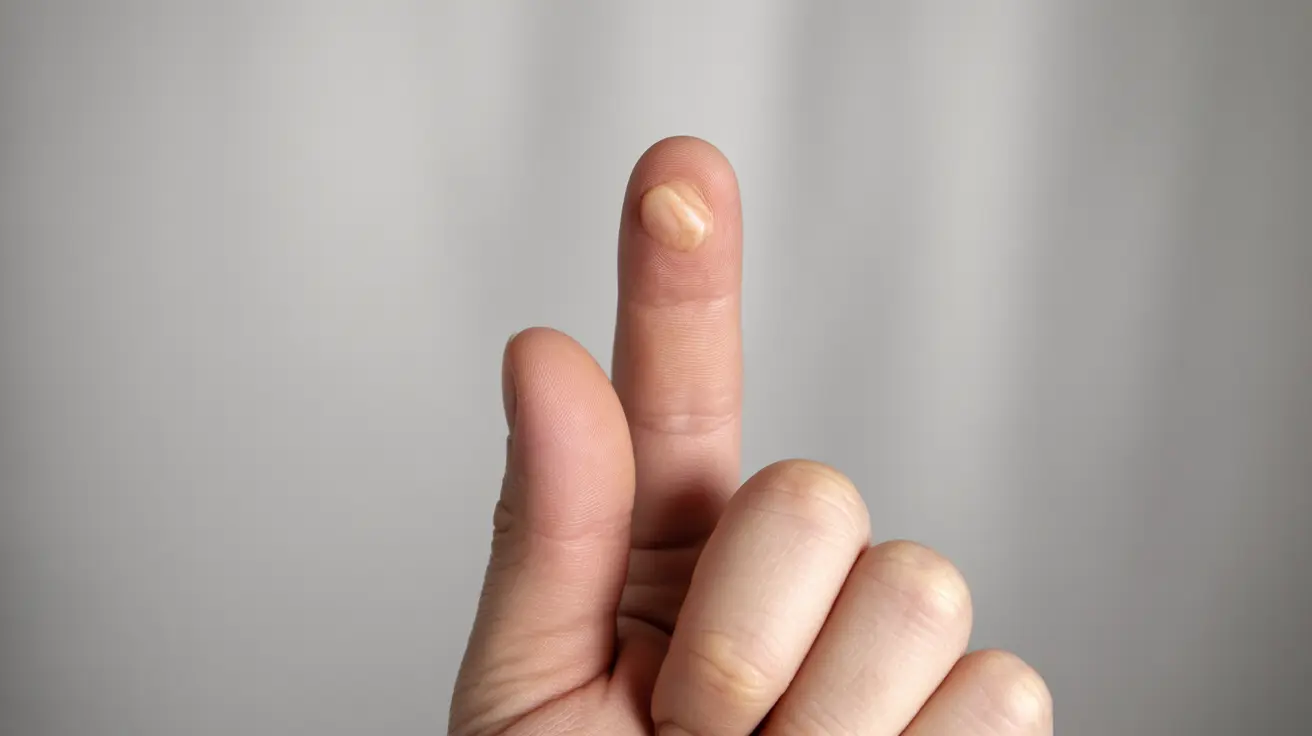Dactylitis, often referred to as "sausage digits" due to the characteristic swelling it causes, is a condition that affects the fingers and toes. This distinct form of inflammation can significantly impact daily activities and may signal underlying health conditions that require medical attention. Understanding its causes, symptoms, and treatment options is crucial for proper management and improved quality of life.
What is Dactylitis?
Dactylitis occurs when inflammation affects the entire length of a finger or toe, causing uniform swelling that gives the digit a sausage-like appearance. This condition differs from typical joint swelling as it involves both the joint and surrounding soft tissues, creating a distinctive cylindrical shape that medical professionals can readily identify.
Common Causes and Associated Conditions
Several underlying conditions can trigger dactylitis, with autoimmune disorders being among the most common causes:
Inflammatory Arthritis
- Psoriatic arthritis (PsA)
- Reactive arthritis
- Rheumatoid arthritis (less commonly)
Other Medical Conditions
- Sickle cell disease
- Tuberculosis
- Sarcoidosis
- Gout
- Infections (bacterial or fungal)
Identifying Symptoms
The characteristic signs of dactylitis include:
- Uniform swelling along the entire finger or toe
- Pain and tenderness
- Reduced range of motion
- Stiffness, especially in the morning
- Warm sensation in affected digits
- Difficulty bending or straightening the affected finger or toe
Diagnosis Process
Healthcare providers typically diagnose dactylitis through:
- Physical examination
- Medical history review
- Imaging tests (X-rays, MRI)
- Blood tests to identify underlying conditions
- Ultrasound imaging
Treatment Approaches
Medical Treatments
- NSAIDs for pain and inflammation
- Disease-modifying antirheumatic drugs (DMARDs)
- Biologic medications
- Corticosteroid injections
Self-Care and Lifestyle Modifications
- Rest and activity modification
- Cold/heat therapy
- Gentle stretching exercises
- Proper footwear and finger splints when needed
- Stress management techniques
Prevention and Management
While preventing dactylitis entirely may not be possible, several strategies can help manage symptoms and reduce flare-ups:
- Regular medical check-ups
- Maintaining a healthy weight
- Following prescribed treatment plans
- Protecting fingers and toes from injury
- Managing underlying conditions effectively
Frequently Asked Questions
What are the main causes of dactylitis (sausage fingers or toes), and is it linked to arthritis? Dactylitis is strongly linked to various forms of arthritis, particularly psoriatic arthritis. Other causes include sickle cell disease, infections, and inflammatory conditions. The condition occurs when inflammation affects both the joints and surrounding soft tissues.
How can I tell if my finger or toe swelling is dactylitis and not another type of arthritis? Dactylitis causes uniform, sausage-like swelling along the entire length of the digit, unlike typical arthritis which usually affects only the joints. The affected finger or toe will appear cylindrical and feel warm to the touch.
What are the most effective treatments available for dactylitis, and do they differ based on the underlying cause? Treatment varies depending on the underlying cause but typically includes NSAIDs, DMARDs, and biologics for autoimmune-related cases. For infection-related dactylitis, antibiotics may be necessary. The treatment plan is tailored to the specific cause and severity of symptoms.
Does dactylitis always mean I have psoriatic arthritis, or can it be caused by other medical conditions or infections? While dactylitis is a common feature of psoriatic arthritis, it can also be caused by other conditions including sickle cell disease, tuberculosis, sarcoidosis, and various infections. A proper medical evaluation is necessary to determine the exact cause.
Are there any home remedies or lifestyle changes that can help relieve dactylitis symptoms, such as pain and swelling? Several home management strategies can help, including applying ice or heat therapy, gentle exercises, rest during flares, maintaining a healthy weight, and using proper finger or toe protection. However, these should complement, not replace, prescribed medical treatments.




